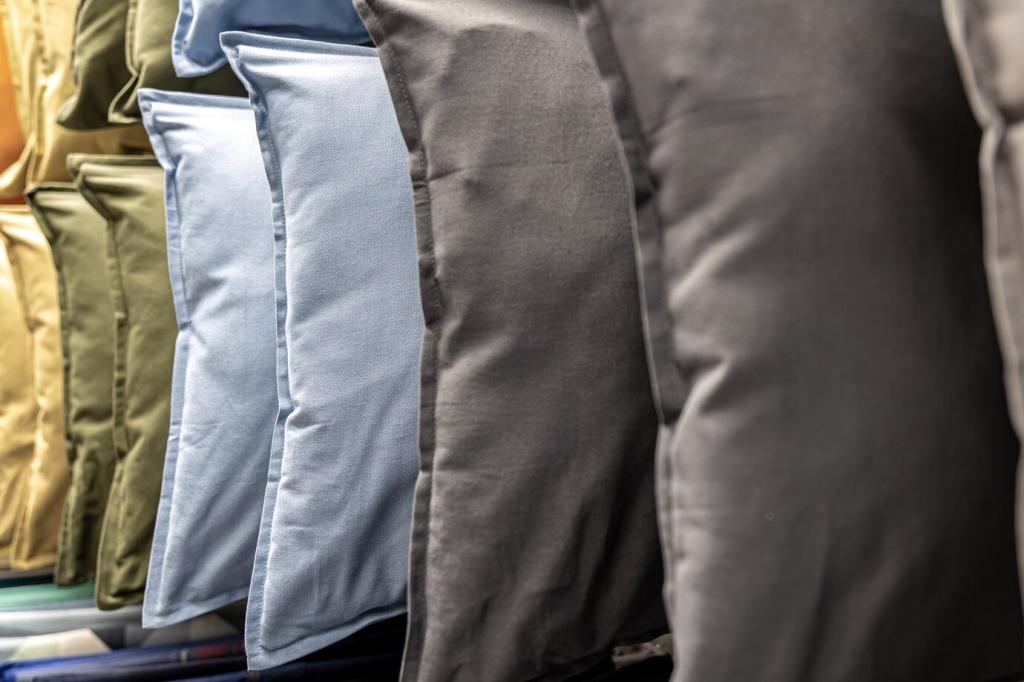
Eco-Friendly Silk Bedding Innovations: Sleep Green, Dream Deeper
Chosen theme: Eco-Friendly Silk Bedding Innovations. Explore how ethical sericulture, regenerative mulberry farming, clean-energy weaving, and circular design are transforming luxury sleep into a lighter-footprint ritual. Join the conversation, share your experience, and subscribe for fresh, sustainable sleep ideas.
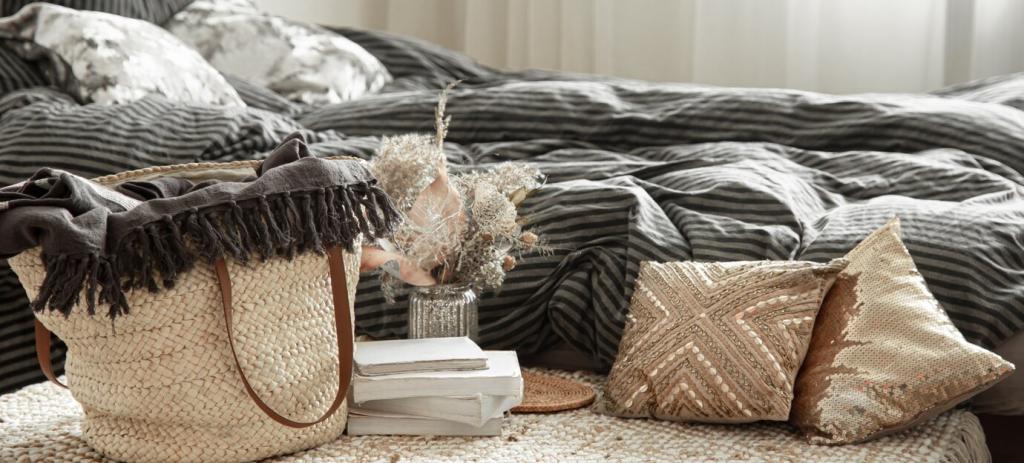
Peace Silk and Humane Sericulture
Innovations in peace silk let moths emerge naturally, producing shorter but beautifully soft fibers spun into durable yarns for bedding. Advanced spinning and weaving compensate for fiber breaks, preserving drape and sheen while honoring animal welfare.
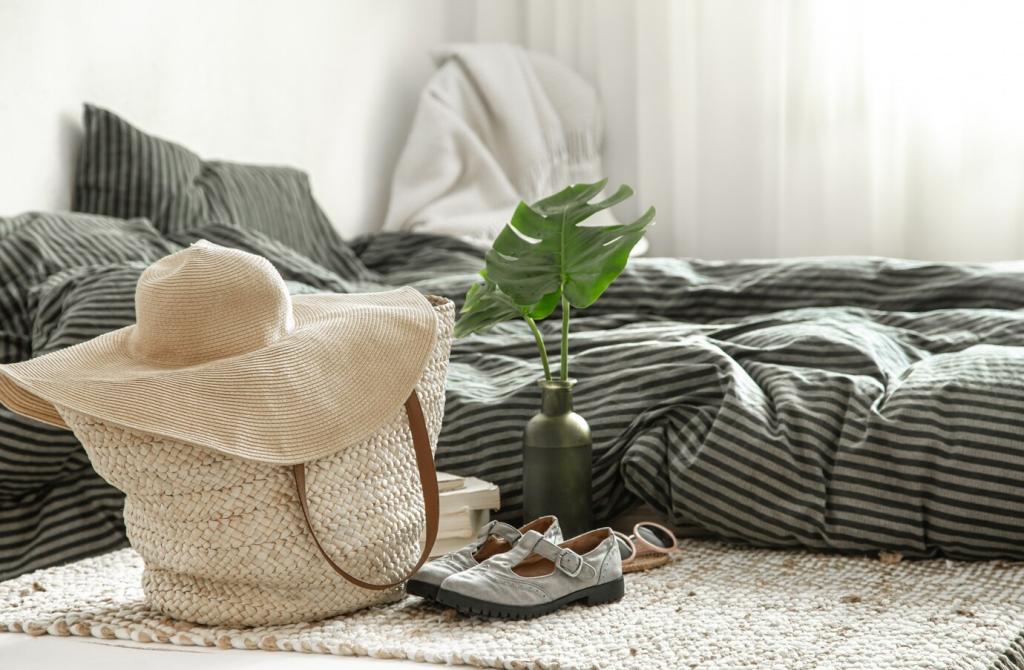
Regenerative Mulberry Farming
Regenerative mulberry orchards use compost, intercropping, and minimal tilling to nourish soil and invite pollinators back. Drip irrigation reduces water waste, while shade trees cool fields, helping sericulture thrive with fewer inputs and richer biodiversity around every cocoon.

Clean Energy Looms and Closed-Loop Dyehouses
Solar-powered mills and heat-recovery systems now drive looms that weave fine charmeuse without excessive emissions. Membrane filtration recycles dye-bath water, and plant-based mordants replace harsher chemicals, proving luxurious silk can be colored beautifully with a gentler footprint.

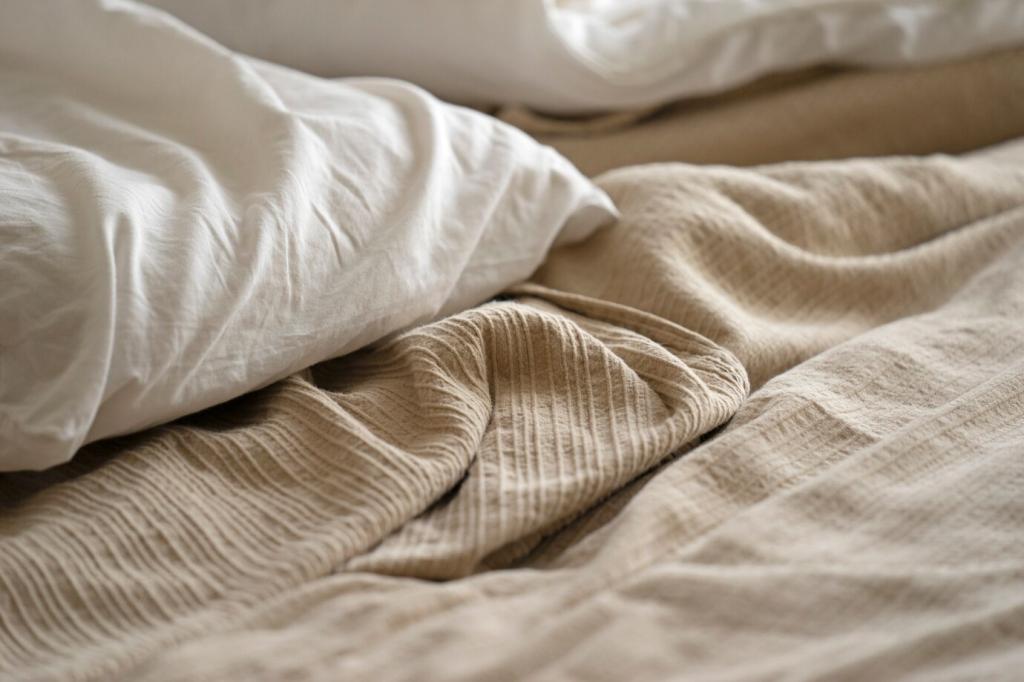
Material Breakthroughs You Can Feel
Low-impact, plant-based dye systems produce saturated hues while cutting toxins. Plasma and enzyme finishes deliver glide and durability without PFAS, keeping sheets smooth against skin, safer for indoor air, and kinder to waterways downstream of dyehouses.
Material Breakthroughs You Can Feel
Thoughtful ratios of mulberry silk with FSC-certified lyocell enhance strength, breathability, and drape while remaining biodegradable. Transparent labeling and third-party testing confirm chemistry safety, ensuring hybrid fabrics elevate comfort without compromising eco-friendly credentials or nightly tranquility.
Wellness Meets Sustainability
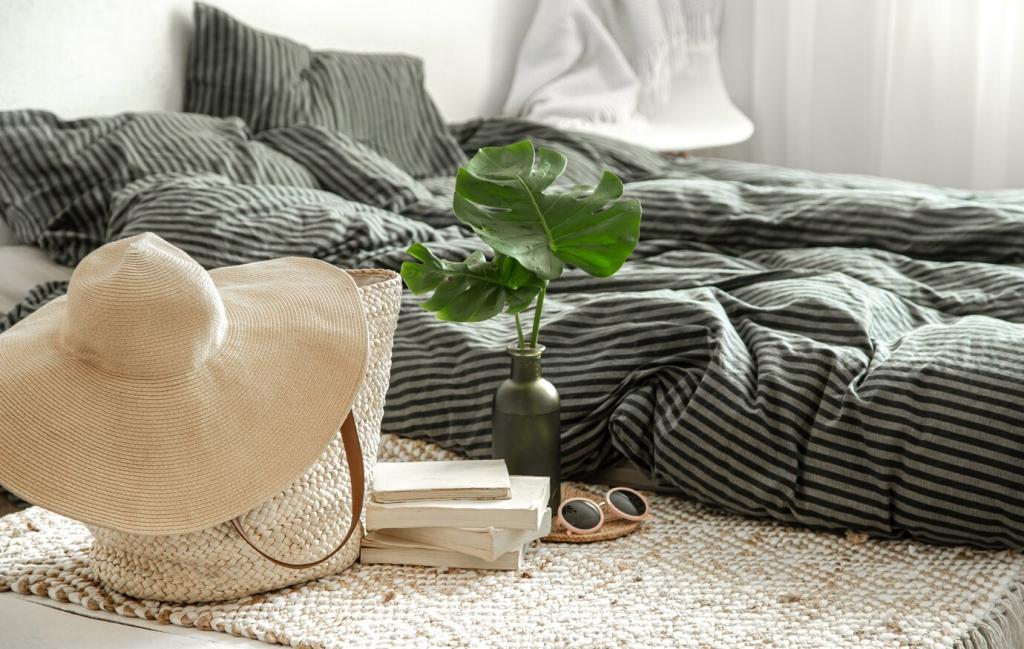
Thermoregulation That Reduces Energy Use
Silk naturally balances temperature and wicks moisture, easing night sweats in summer and retaining warmth in winter. Many readers report dialing back HVAC by a notch, proving that smarter fibers can support comfort while curbing household energy demands.
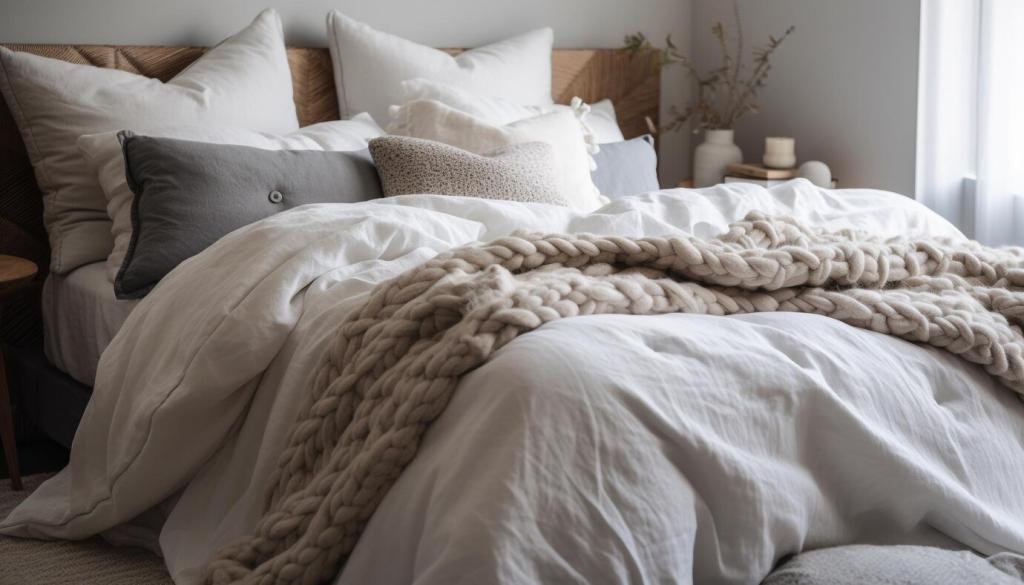
Hypoallergenic Calm Without Harsh Chemistry
Tightly woven, low-toxin silk helps resist dust mites and irritation. One subscriber shared that their child’s bedtime cough eased after switching pillowcases, crediting smoother fibers and certified, cleaner dyes that kept delicate skin and airways calmer through the night.

Certifications That Actually Matter
Look for labels like OEKO-TEX MADE IN GREEN, Bluesign-approved chemistry, and credible organic or fair trade claims for silk and blends. Verified transparency reduces greenwashing and signals strict testing for harmful substances across spinning, dyeing, and finishing stages.

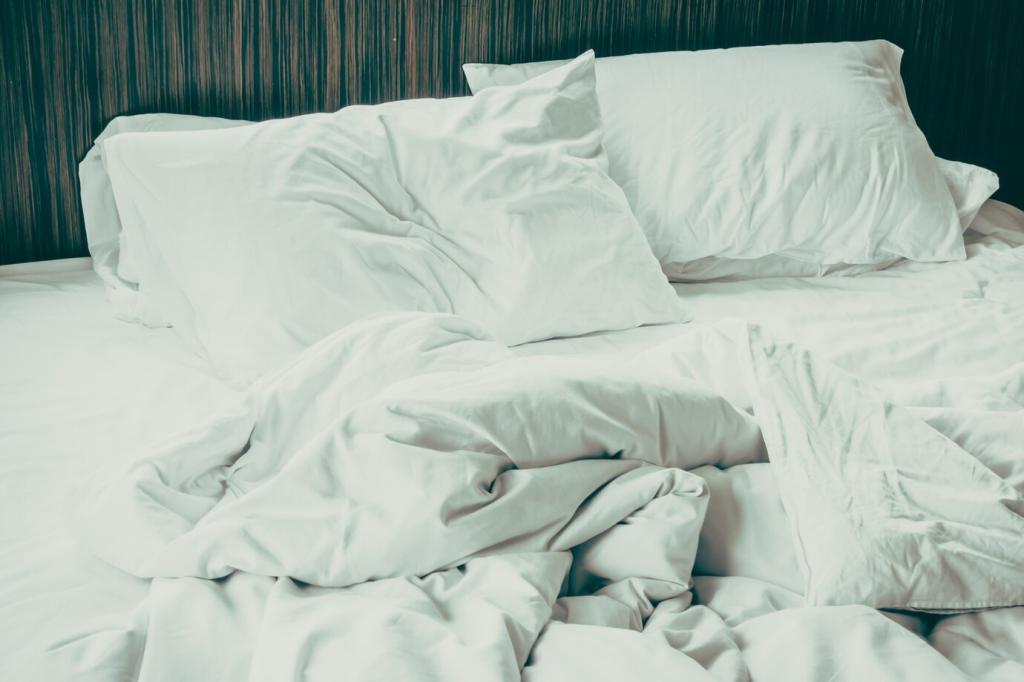

Design Stories From Real Bedrooms
In humid Chennai, Priya and Naveen swapped polyester sheets for solar-mill woven silk and immediately noticed cooler skin and fewer wake-ups. They wrote in, delighted that comfort and conscience finally aligned. Tell us your climate story and what changed first.
Design Stories From Real Bedrooms
Mei interplants mulberry with legumes on terraced hillsides, feeding soil while feeding silkworms. With birds returning and streams running clearer, she says demand for better silk supports better farming. Her thread reaches your pillowcase—trace it and share what you learn.
Design Stories From Real Bedrooms
A small studio cut trims, chose corozo buttons, and designed reversible seams to reduce waste, then packaged bedding in compostable sleeves. Early testers slept cooler and wrote back, thrilled. Subscribe for their full behind-the-scenes guide and seasonal updates on new refinements.
Learn momme: higher values mean heavier, denser silk—great for durability. Charmeuse glides and shines, sateen feels plush, twill adds resilience. Match weave and weight to your sleep temperature, and tell us which combination balanced breathability and cozy drape for you.
How to Choose Eco-Friendly Silk Bedding Today
Ask brands for life cycle assessments, chemistry disclosures, and supplier audits. QR codes or digital product passports can link to farm, mill, and dyehouse details. When you find real transparency, comment with the brand and what convinced you to trust them.
